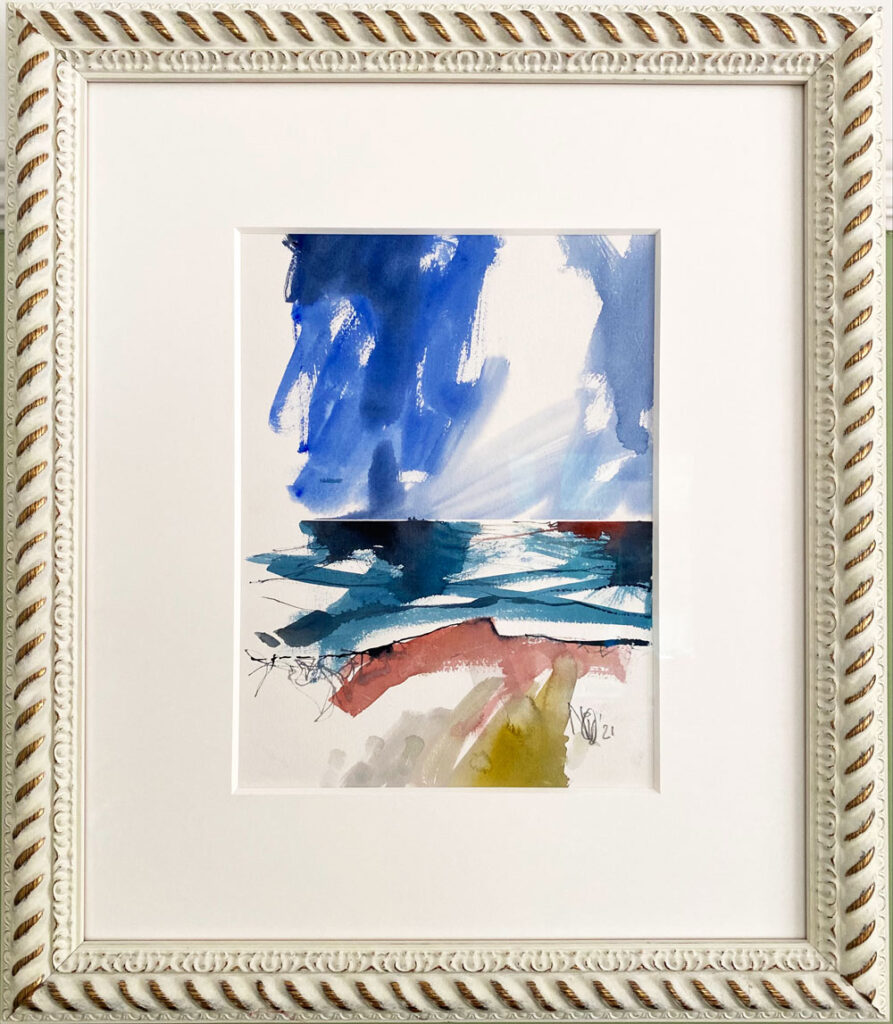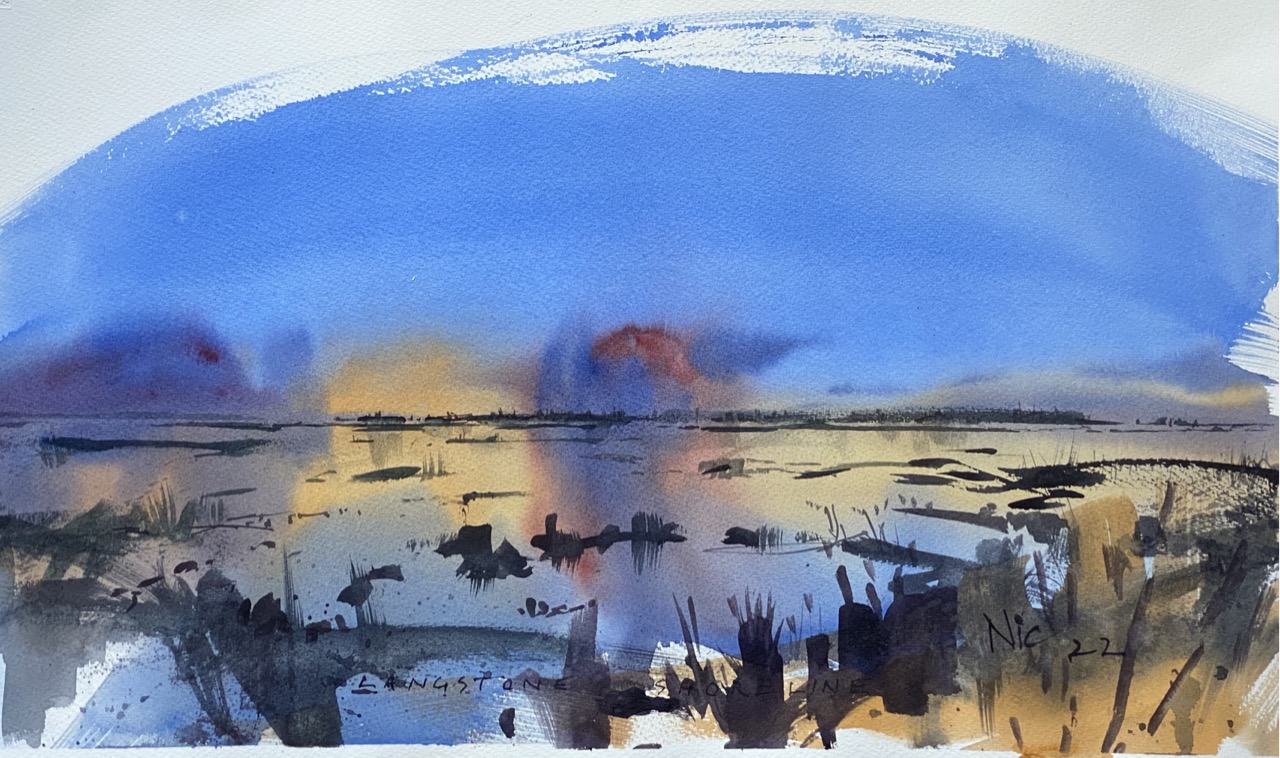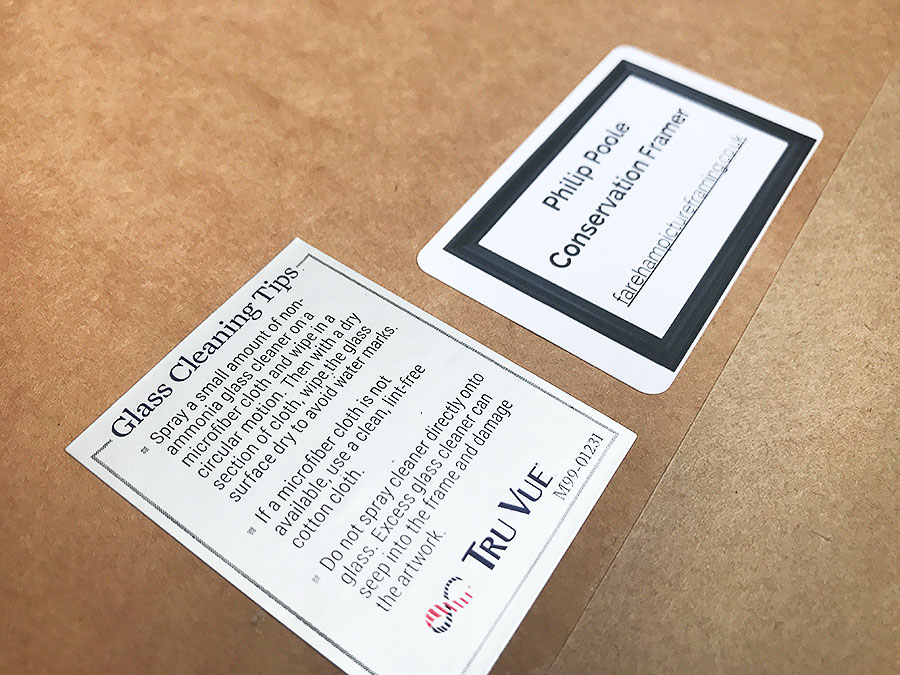F.A.Q.
Why would I buy art?

Art can be many things: It can be an image you love – for example it appeals to you because of a place, an activity or view.
Or it’s because you just like painting for painting’s sake, or it is the medium you like.
Or it can simply be an investment, a way to channel resources into things that may appreciate in value.
Whatever it is, decide on that before making your choice.
Value for money
- I have a large body of work across media for ‘like it, buy it’.
- I paint to order if the customer knows what they want
- I take care to use good quality materials and suppliers to maximise the life and durability of artworks.
- And finally I provide documentation of provenance for the collector or investor.
Delivery
ORIGINALS:
Hand over in person is essential.
You can’t just send a replacement if they get damaged.
- I make a standard delivery charge of £20.00. This is good for unframed works where I can be sure the work is secure. For framed, especially conservation grade, I do not recommend this and cannot be held responsible for damage in transit.
- I will deliver by hand over a reasonable distance. A 12 mile radius of PO10 8BL is reasonable.
- I can deliver long distance but I will ask 40p per mile round trip.
- I can arrange a courier but I will not accept responsibility damages in transit I’m afraid.
- We can come to some other arrangement – let’s talk. We could meet half way.
- Unframed works: Can be sent by courier as they can be rolled and protected.
PRINTS:
Conservation Grade Frames
ABOUT CONSERVATION FRAMING
IF YOU LOVE YOUR ART, YOU NEED PROPER FRAMING
My gallery quality frames are made to the highest conservation standards
They feature all acid free materials, deep bevel mounts, Truvue 70 UV glass
TRUVUE IS A UV70 WHITEWATER LITE WITH “REFLECTION CONTROL” COATING.
A PAINTING IN A CONSERVATION FRAME IS FOR LIFE.
What am i buying if i buy an original?
 You are buying the physical item: the actual paint on the actual substrate. Original paintings are the best form of investment as they are coveted the most by collectors.
You are buying the physical item: the actual paint on the actual substrate. Original paintings are the best form of investment as they are coveted the most by collectors.
Once you have bought it you are free to sell it or show it as you feel. Any profit made from resale is yours.
However you do not have the right to reproduce. The artist retains sole rights to reproduction and distribution. You buy originals on the understanding that I may reproduce and resell prints, reproduce the image of the work for publishing or publicity.
I have written more on the subject but please read more here: https://www.dacs.org.uk/knowledge-base/frequently-asked-questions#FAQ146
I will enter negotiations to sell those rights.
What is a commission?
A commission is when a client (you) wants unique or bespoke material – a sort of customised painting.
Reasons can be:
- I have a decor that needs sympathetic art,
- I have unique material out of scope of a pattern swatch,
- I am particulary exacting with what I show my forends.
Either way a commission is for you.
Copyright issues - a general understanding
I do not understand legal things so I have sought the simplest possible explanation. You may know more than me and I would live to hear your view.
If you buy an original, you own that original including the right to sell it, show it, or pass it on. However I retain the right to reproduce it.
This taken from: https://www.dacs.org.uk/knowledge-base/frequently-asked-questions#FAQ146
” Copyright is a form of intellectual property that allows individuals such as artists, composers and writers to own the fruits of their creativity. It entitles the copyright owner to royalties and a say in how a work is used when it is reproduced by other people.
Who owns copyright?
The ‘author’ of a work (ie the person who created the work) is generally the first copyright owner. It is possible to have joint copyright owners where two or more authors have created a work and their contributions are not distinct.
Reproduction includes copying, printing or including it in a film or TV programme. It also extends to posting copies of the work on the internet, and making a copy in three dimensions of a two-dimensional work, such as the construction of a building according to an architect’s plans.”
What is an “original print”?
I use the term “original print” to mean a print coming directly from me, Nic Cowper, the artist. To prove its provenance I sign and date each, and provide a Certificate of Authenticity. I am only here for a bout another 35 years, whereas prints bought from me cmay last more than ahundred even if badly sotred, so why wouldn’t you consider the possibility it may be worth something one day? I recently saw a relatively unknown artist in his day (d. 1974) being sold at auction with a recommended price of 12,500 GBP. It could happen.
If you wish to investigate further please search for things like ‘What creates value in a print’ – you will find discussinos and forums to add weight to this arguement.
What is a giclee print?
“… a process invented in the late 1980s but has since come to mean any inkjet print. It is often used by artists, galleries, and print shops to suggest high quality printing…”
https://en.wikipedia.org/wiki/Gicl%C3%A9e
‘Giclée’ is the industry word used to describe high quality, light fast, acid free fine art prints. It is generally considered to be the word adopted since fine art printing stopped being created on litho machines in multiple runs.
However I believe it is also an unfortunate reference in the French language – apologies to my bi lingual customers!
I use a single source for my fine art prints. In this way I am assured of quality and so I am happy to pass that on to my clients.
The giclee process means very high definition inkjet printing onto many types of materail. Using the same supplier and technology I can make images on paper, board, permanent art subbstrates like DiBond, canvas, wallpaper, curtains, tshirts… the list is endless.
Why does it cost so much for a giclee print?
Prints are done onto archival quality acid free paper with light fast inks. They are not guaranteed because examples have not been around long enough to provide evidence, but manufacturers claim extraordinary durability. The technology is advanced. if you want to know more read here.
Terms: Giclee https://en.wikipedia.org/wiki/Gicl%C3%A9e
Epson:
Canvas prints
Prints onto canvas, fixed to a box stretcher or frame is a premium reproduction method.
Hand made stretchers with achival printed canvas are made to order and size. The canvas is sealed from dirt and uv with a clear pva laquer. The final product is extremely durable and of the highest quality. A print of an oil painting is virtually indistinguishable from an original until you actually touch the surface, due to the incredibly vibrant and seemless inks used. Some artists working today produce hand finished prints where they work clear varnish material into the final coating to give a 3d impression. Apologies but it is a choice i have made to not do this as it feels a little fake for me, personally.

